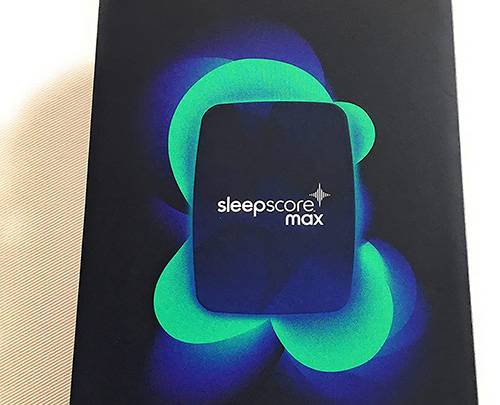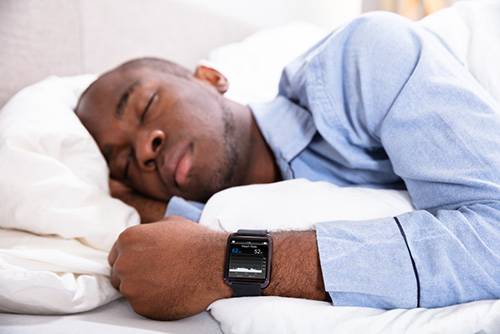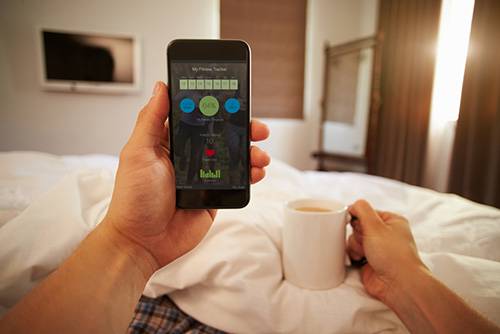A newer edition to the daily technological world is activity trackers, which help you keep an eye on your health and fitness level. They come with features that help you night and day making them quite appealing for many people.
The moment of truth for these devices is whether or not they actually do what is expected of them.
What is an Activity Tracker?
First of all, what exactly is an activity tracker? These devices monitor your basic activities throughout the day and keep a record for you to reference back to when wanted or needed. Things such as how much you have walked, run, slept, and your heart rate are all recorded.
Some trackers are expanding on purpose, keeping track of your calorie counts and water consumption, giving you reminders and alerts to be more active, and taking frequent breaks throughout your day.
Another name for an activity tracker is a fitness tracker, which may be more self-explanatory and suitable for many people.
These trackers can come in the form of a smartwatch, or they can be applications in your phone which attach to a connected wristband. The feature of tracking your sleep can come alongside these devices, or they can have their own separate device.
Types of Sleep Trackers
There are three basic types of sleep trackers which you can come across; wearables, bedside devices, and bed sensors.
Wearables are worn on your wrist or finger while you are asleep. They collect information on your heart rate and the amount of movement in your sleep. In some cases, they will even track your breathing patterns. These types of sleep trackers are typically smartwatches, which are multipurpose and worn day and night to track all sorts of fitness-related parts of your day.
A bedside device is most probably your phone. Your phone can collect information related to the temperature, humidity, noise, and light levels of your room. It can also make an approximate estimation on how long you’ve been asleep based on inactivity for longer periods of time.
Bed sensors are placed on the bed, either underneath the sheets or the mattress. Your heart rate and movement are collected through these. One cool device you can find in this field are smart beds, which have sensory systems already integrated into the mattress to monitor your sleep.
What Do They Track During Sleep?
This is a more thorough breakdown of everything a sleep tracker can actually track about your sleep.
- A sleep tracker will make a guess on how long you were asleep based on your time of inactivity during the night. This means for as long as your phone or smartphone was not in use to when you opened it up once you woke up. A smartwatch may go to the extra mile and assess your heart rate alongside the time of inactivity for greater precision.
- Your sleep tracker will detect interruptions in your sleep. If you moved around too much, or if your heart rate and/or breathing levels differed in nature will be recorded and reported.
- Some more technologically advanced trackers will even monitor your sleep stages at night. If they do this, you can choose to have alarms set when you’re not in deep sleep so it’s easier to get up in the morning.
- The sleep tracker can assess the environment in your bedroom, checking the temperature, lighting, and noise to see if your room is the ideal sleeping atmosphere.
- Sleep trackers can be turned into a lot of things you did during the day which will either help or harm your sleep quality. Exercising before going to bed? That’s a good thing. Having coffee or alcohol before bed? That’s a bad thing. Feeding this information into your sleep tracker can help you get an objective view of what you’re doing for or against your sleep.
- You can feed information about when you ate into your tracker so it can give a timer on when to sleep. It also tracks breathing and can help sense stress levels.
The Shortcomings of Sleep Trackers
A sleep tracker is not a fool-proof device; it’s one still in the makings. The accuracy of a sleep tracker is not certain, and there are bugs and glitches which can happen occasionally.
Sleep trackers will not be as accurate as professional medical sleep studies, which are used to identify sleep apnea and other sleep-related disorders.
Yes and No’s of Using a Sleep Tracker
To get the most out of your sleep tracker, it’s very important to differentiate what it can and cannot do for you, and never give 100% reliance on the results of the sleep tracker’s findings.
Think of your sleep tracker as a numerical perspective on your sleep quality. There is a recording of your sleep times and activities which you can refer to when assessing what can be improved on and what doesn’t need to be changed.
Sleep trackers on your phone or smartwatch can help you set a timer for screen-time so you put the phone down sooner and get the right amount of sleep.
You can use your sleep tracker to checklist all of the requirements you need to have a perfect sleep environment in your bedroom every night.
You can also turn it into a log for all of the things you did during the day which can affect the night. This personal log can then be referred back to when you need to make changes in your schedule.
If you’re going to see a doctor, then bring your sleep tracker along. No professional diagnosis will be made thanks to the sleep tracker, but they can help explain your current situation to the doctor easier in relation to your sleep.
As mentioned before, nothing the sleep tracker says should be taken too heavily to heart. As a general idea, it’s okay to use a sleep tracker but do not follow it religiously as sleep trackers aren’t medical prescriptions.
The technology utilized in sleep trackers is not 100% accurate as it still makes estimates and approximations. Some people do not cope well with seeing quantitative results either, so a sleep tracker may stress you out more than it does help. You don’t want to start losing sleep over your sleep tracker, so consider its use casual.
Secret to Success
The secret to success behind using a sleep tracker is to actually interact with it. Most people will invest in the sleep tracker financially, but forget the time and effort that comes before the results. You have to manually insert your food and drink consumption in order for the sleep tracker to record it. Sometimes you have to make corrections to the readings and place your own alarms and settings.
A sleep tracker is practically useless if you don’t use it routinely. Also, always remember to check back with it to update the happenings of your day.
 A
A 
